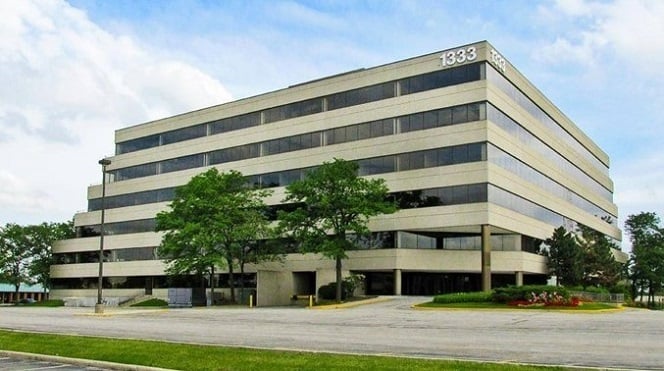CHICAGO—Millennials hate to talk on the phone, so where does that leave call centers? Well, they've become multi-channel contact centers, and they now offer alternative customer service channels such as tweeting and live chatting. This increased level of technological sophistication is also creating jobs in North America. According to a new study by Chicago-based JLL, contact center employment in the US has grown approximately 22% in the last five years. This industry evolution has implications for real estate. Contact center operators seek new locations that provide access to skilled labor. We sat down with three contact center specialists from JLL to better understand the shifts happening in this evolving industry and what it means for real estate.
GlobeSt.com: When did JLL start a group specifically for contact centers, and why?
Kyle Harding, JLL Senior Vice President: We've had a group focused on contact centers since 2015 because the real estate needs of the industry are unique. Identifying an ideal location for a contact center requires a sophisticated analysis of the location's economic incentives, labor availability and costs, and the technological savvy of the workforce. Many contact center third-party operators look for Plug & Play facilities with specific requirements, so it's important to have the technology in place. Through our dedicated team, we have not only industry experts, but also access to advanced technology like our Blackbird system that uses virtual reality to help find the right combination of location factors. Additionally, corporations that run their own call centers want the same level of sophistication in their location decision-making; we serve both groups by offering our highly-specialized team.
Recommended For You
Want to continue reading?
Become a Free ALM Digital Reader.
Once you are an ALM Digital Member, you’ll receive:
- Breaking commercial real estate news and analysis, on-site and via our newsletters and custom alerts
- Educational webcasts, white papers, and ebooks from industry thought leaders
- Critical coverage of the property casualty insurance and financial advisory markets on our other ALM sites, PropertyCasualty360 and ThinkAdvisor
Already have an account? Sign In Now
*May exclude premium content© 2025 ALM Global, LLC, All Rights Reserved. Request academic re-use from www.copyright.com. All other uses, submit a request to [email protected]. For more information visit Asset & Logo Licensing.









